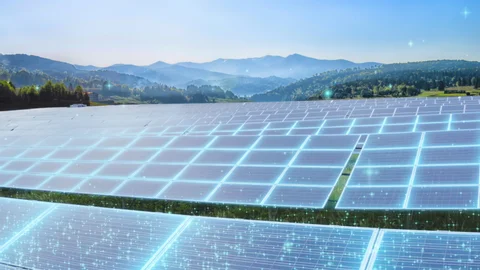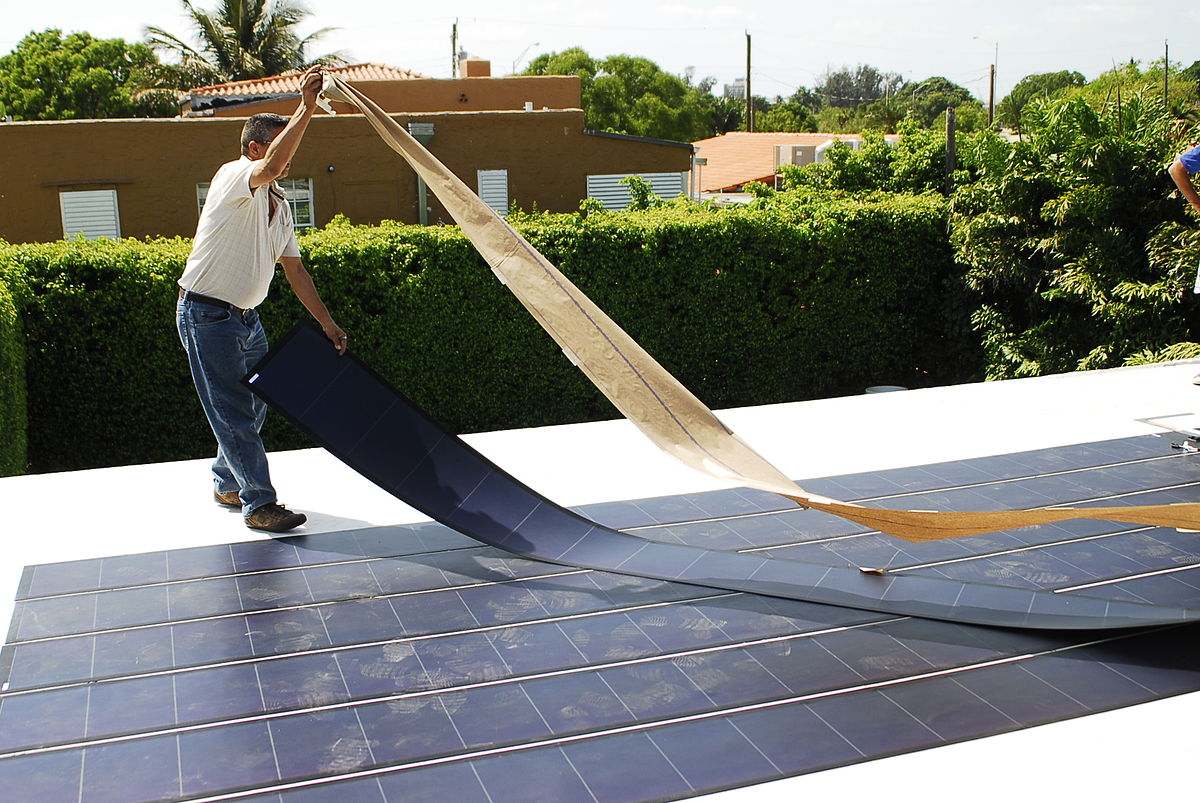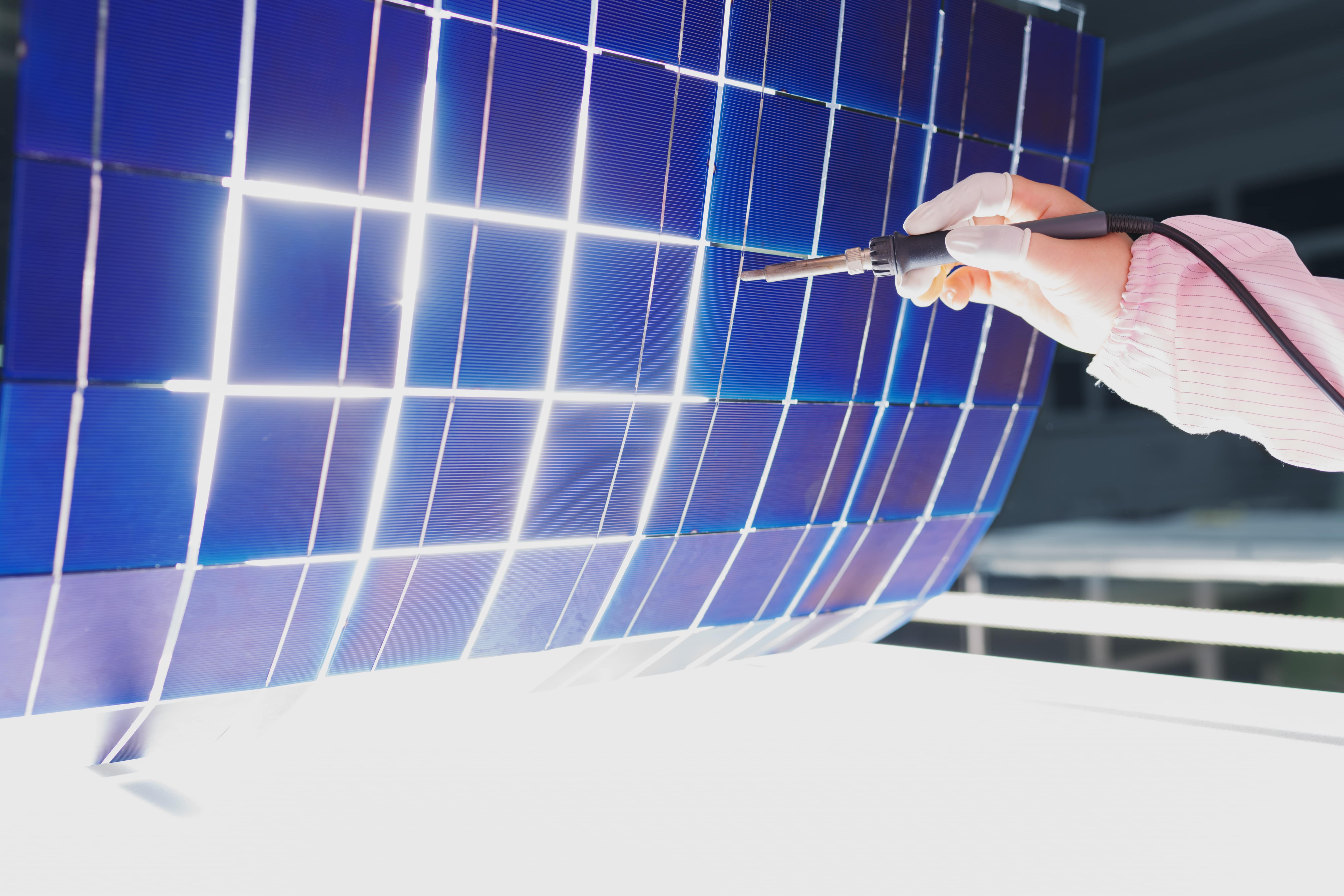As the world transitions to cleaner energy solutions, the spotlight has expanded beyond traditional silicon-based solar panels. One technology gaining attention for its versatility and innovation is the thin-film solar cell. Lightweight, flexible, and cost-effective, thin-film solar is paving the way for a broader range of solar applications — from rooftops to backpacks to building facades.
As the world transitions to cleaner energy solutions, the spotlight has expanded beyond traditional silicon-based solar panels. One technology gaining attention for its versatility and innovation is the thin-film solar cell. Lightweight, flexible, and cost-effective, thin-film solar is paving the way for a broader range of solar applications — from rooftops to backpacks to building facades.


Thin-film solar cells are a type of photovoltaic (PV) technology made by depositing one or more thin layers of photovoltaic material onto a substrate such as glass, plastic, or metal. Unlike conventional crystalline silicon panels, which are rigid and bulky, thin-film panels are lightweight and can be made flexible, allowing for installation on surfaces where traditional panels wouldn’t work.
There are several types of thin-film technologies, each with unique properties and applications:
The most commercially successful thin-film technology. CdTe offers high efficiency at a lower production cost but requires careful handling due to cadmium toxicity.
PERC panels outperform conventional oneA non-crystalline form of silicon that uses less material than traditional cells. It performs better in low-light conditions but has lower overall efficiency.s during cloudy days, early mornings, and late afternoons—making them ideal for a wider range of conditions and climates.
Known for its high efficiency and flexibility, CIGS can be applied to lightweight and bendable surfaces, making it ideal for portable and unconventional solar applications.
An emerging technology that uses carbon-based materials. These are extremely lightweight and printable but currently have lower efficiencies and shorter lifespans.
Thin-film panels can be curved and shaped, making them perfect for irregular or fragile surfaces like RV roofs, glass facades, or vehicles.
The production process for thin-film solar cells often requires less energy and raw material, which can lead to lower costs and a smaller environmental footprint.
Thin-film cells generally perform better than crystalline silicon panels in cloudy weather and under high temperatures, maintaining more consistent energy output.
These panels can be embedded in building materials like windows (building-integrated photovoltaics), used on wearable tech, or even installed in remote, off-grid areas where traditional solar panels are impractical.
Research continues to push the boundaries of thin-film efficiency, durability, and applications. With innovations in materials science and manufacturing, thin-film solar has the potential to become more competitive and widespread. As sustainability becomes a core priority across industries, flexible solar technology will likely play a key role in expanding the reach of renewable energy.
